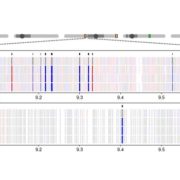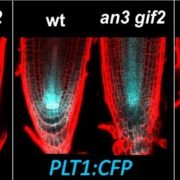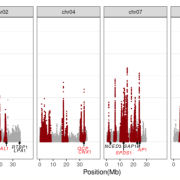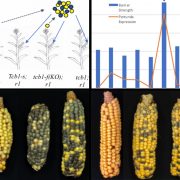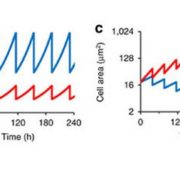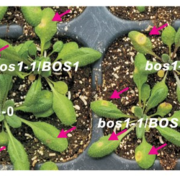Trees are particularly robust to fixed somatic mutations
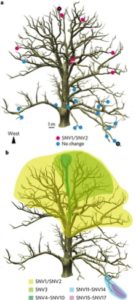 Plants lack a developmentally defined germline and gametes originate only late during plant development. This allows mutations acquired during the vegetative growth (somatic mutations) to be transmitted to the reproductive organs. The accumulation of mutations is relatively low in annual plants such as Arabidopsis, in which the fixed mutation rate is estimated at approximately one mutation per genome per generation. This rate has been hypothesized to be much higher in long-lived plants such as trees, but this has never been experimentally tested. In this study, the authors take advantage of an iconic 234-years-old oak tree located on the Lausane University Campus – the so-called Napoleon Oak – to assess the occurrence and dynamics of fixed somatic mutations in a long-lived plant. By sequencing the DNA of twenty-six leaf samples collected from different locations on the tree, they identified seventeen single-nucleotide variants (SNVs) only. The SNVs are not found randomly but cluster in a nested hierarchy, showing that the somatic mutations appeared gradually and became fixed in developmentally connected branches during tree development. Most of the SNVs observed are G:C to A:T transitions, likely induced UV stress and not replication errors. Altogether, this study shows that long-lived plants are particularly robust to the fixation of somatic mutations. It also suggests that occurrence of mosaicism in natural environments and during evolution might be higher than initially speculated. (Summary by Matthias Benoit) Nature Plants 10.1038/s41477-017-0066-9
Plants lack a developmentally defined germline and gametes originate only late during plant development. This allows mutations acquired during the vegetative growth (somatic mutations) to be transmitted to the reproductive organs. The accumulation of mutations is relatively low in annual plants such as Arabidopsis, in which the fixed mutation rate is estimated at approximately one mutation per genome per generation. This rate has been hypothesized to be much higher in long-lived plants such as trees, but this has never been experimentally tested. In this study, the authors take advantage of an iconic 234-years-old oak tree located on the Lausane University Campus – the so-called Napoleon Oak – to assess the occurrence and dynamics of fixed somatic mutations in a long-lived plant. By sequencing the DNA of twenty-six leaf samples collected from different locations on the tree, they identified seventeen single-nucleotide variants (SNVs) only. The SNVs are not found randomly but cluster in a nested hierarchy, showing that the somatic mutations appeared gradually and became fixed in developmentally connected branches during tree development. Most of the SNVs observed are G:C to A:T transitions, likely induced UV stress and not replication errors. Altogether, this study shows that long-lived plants are particularly robust to the fixation of somatic mutations. It also suggests that occurrence of mosaicism in natural environments and during evolution might be higher than initially speculated. (Summary by Matthias Benoit) Nature Plants 10.1038/s41477-017-0066-9


